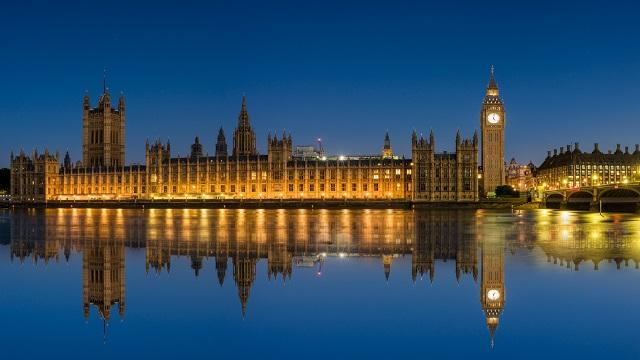
Autumn Statement 2022: filling a £55 billion ‘black hole’
What the Chancellor presented last week was not a Budget, but he had already stated that £30 billion of the ‘hole’ had arisen from the effect on the markets of his predecessor’s ‘non-Budget’ less than two months ago.
Mr Hunt made sure that this time there was an accompanying report by the Office for Budget Responsibility and it makes for grim reading: the next two years are expected to see the biggest drop in living standards on record and the economy will not return to its pre-Covid size until 2025.
The £55m ‘consolidation’ is to be met roughly equally by tax rises and spending cuts. However, Mr Hunt is postponing most of the cuts until after 2025 when inflation should have subsided (and after the next election). In particular, benefits will increase in line with inflation and the pensions ‘triple lock’ is maintained. For now, the household energy price cap is retained, although after April it will be higher and more targeted.
The tax rises will begin in April, but the Chancellor is sticking to the 2019 manifesto promise not to increase tax rates. Instead, allowances will be frozen, or in a few cases reduced, which constitutes a ‘stealth tax’ as incomes rise due to inflation:
• The income tax personal allowance will remain at £12,570, and the basic rate tax band at £50,270, until at least 2028.
• The National Insurance Lower Earnings Limit is fixed at £123 per week (£6,396 p.a.) until 2028. (The Upper Earnings Limit is also fixed at £50,270 p.a., which is a ‘stealth tax cut’ for those now earning over that amount)
• The 40% income tax band is reduced. From 6 April 2023 the top rate of 45% will start at £125,140 rather than £150,000.
• The tax-free dividend allowance will be reduced from £2,000 p.a. to £1,000 on 6 April 2023 and only £500 from 6 April 2024.
• The capital gains tax annual exemption allowance will be reduced from £12,300 to £6,000 on 6 April 2023 and £3000 from 6 April 2024.
• The inheritance tax nil rate band is frozen at £325,000 until at least 2028.
• The VAT registration threshold remains at £85,000 until at least 1 April 2026.
Although the reductions in dividend allowance and CGT annual exemptions are small measures, together they are expected to bring in £1.2 billion p.a., implying that a great many taxpayers will be affected and perhaps have to fill in tax returns for the first time.
The stamp duty land tax cuts that took effect on 23 September 2023 had already been put before Parliament when Mr Hunt was appointed and were not planned to be reversed. This is now changed: the nil rate threshold will revert to £125,000 (and £300,000 for first-time buyers) on 1 April 2025.
Taxpayers should consider whether they could benefit from accelerating income and gains that would normally have arisen after 6 April 2023, to take advantage of the higher allowances while they are still available.
If you’d like to talk to the team about how we can help, get in touch with us. We’d love to hear from you.


